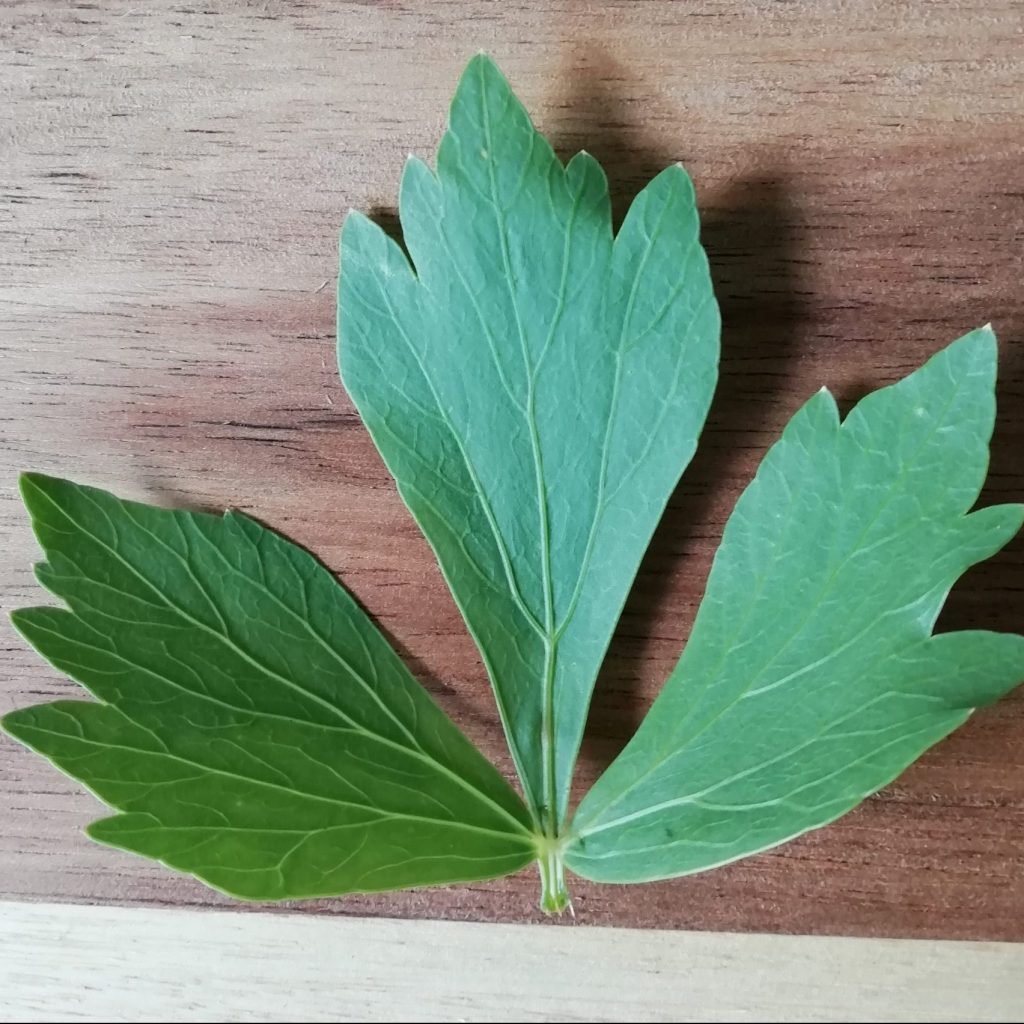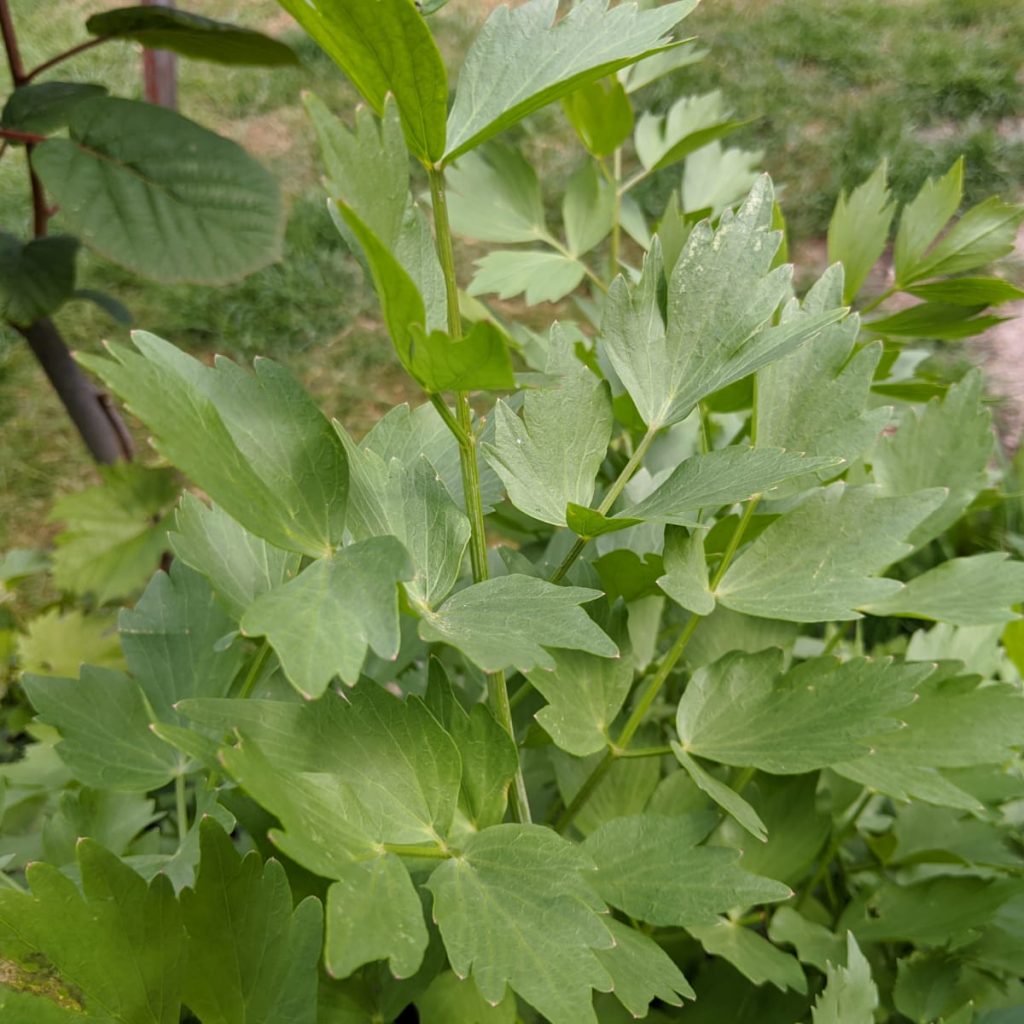We started growing lovage last year and it has soon become one of our most frequently used herbs. We use it as a celery substitute, so the leaves are added to pasta sauces, stocks, stews, salads and soups frequently.
The bonus of using lovage in this way, is that the herb has a much stronger and spicier flavour than celery, so one plant goes a very long way. I use one small leaf of lovage to equal about 2 stems of celery in most recipes and this seems to be working fine for us- especially since one of us isn’t that keen on the texture of celery stems. In fact, lovage is so potent in both flavour and scent that it can easily overpower a dish if you use too much. We see this as a good thing though, as you only use one leaf per recipe there’s not another herb in the garden that is so productive. We have 2 plants in the herb bed and we are producing enough leaves to support our own needs and give some away to family members. The plant can grow quite large, but it is well worth making space for in the garden or plot- especially since this herb is a hardy perennial, so will come back year on year with minimal care requirements for the gardener.

We started our plants off from seed last year, but plants can be created from root division if you know anyone with a large plant to share. Plant out in moist, well-drained soil in sun or partial shade.
We use the leaves more than anything else, but the stems can use used as a vegetable too. We have not tried this yet, but they are supposed to be delicious steamed.
If you wish to use the leaves in a salad it is advised to use the small, young ones as the intensity of flavour becomes overpowering in older growth.
An herbal tea made from lovage is supposedly good for sore throats and flatulence.
Lovage dies back over winter, but leaves can be dried for use over the dormant months. We made sure the herb bed was mulched with compost in December/January and our lovage plants came back with a vengeance in late March. We are only into year 2 of our lovage growing journey, but we likely need to divide our plants this year to avoid them outgrowing the plot. Regular use or pruning is advised to keep the plant at a reasonable size.

